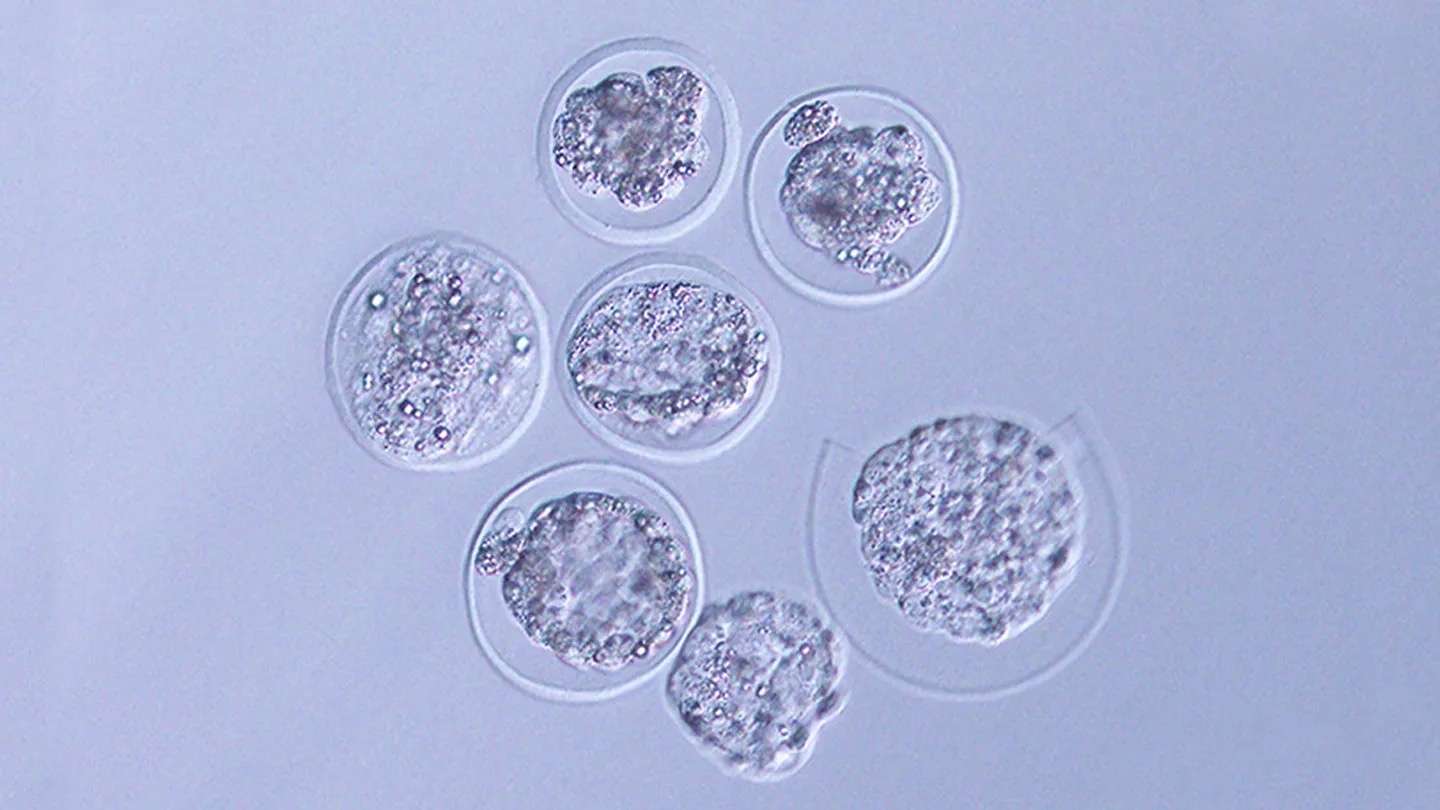24.11.2023
The research is a step toward understanding how human embryos might fare

Two-cell mouse embryos cultured on the International Space Station and returned to Earth formed blastocysts (some shown).
Mouse embryos can make it to an early stage of development in space.
In an experiment conducted in 2021, a few hundred frozen two-cell embryos from mice thawed and grew over four days on the International Space Station. Of the several dozen embryos that made it back to Earth, nearly a quarter formed healthy clusters of cells known as blastocysts.
The finding suggests that the radiation and weightlessness of space might not pose immediate obstacles to mammalian reproduction, researchers report October 27 in iScience.
The new study isolates only one part of the complicated process of reproduction and development. A blastocyst typically forms after fertilization and implants in the uterus before developing into the placenta and fetus.
But the result provides a starting point for biologists, says Christiane Hahn, a space biologist at the European Space Research and Technology Centre in Noordwijk, Netherlands, who wasn’t involved in the research. Mouse embryos are the first mammal embryos that researchers have grown in space, an important step in understanding how space affects human reproduction. Other experiments have involved animals such as salamanders, rice fish and quail.
Previous research suggested that the conditions in space are particularly harmful to the early stages of reproduction in mice. When in space, the animals have been too stressed to mate, and studies of the rodents’ eggs showed that they accumulated several mutations due to the heavy radiation. Freeze-dried mouse sperm, however, did remain viable after one six-year stint on the space station (SN: 6/11/21).
